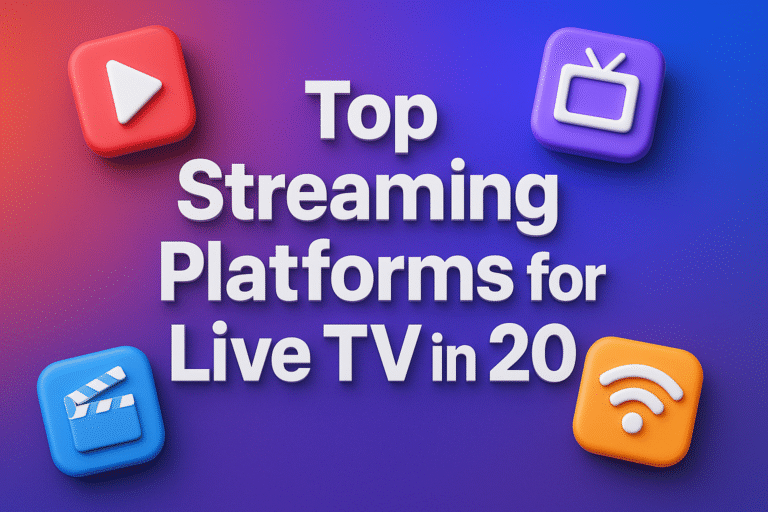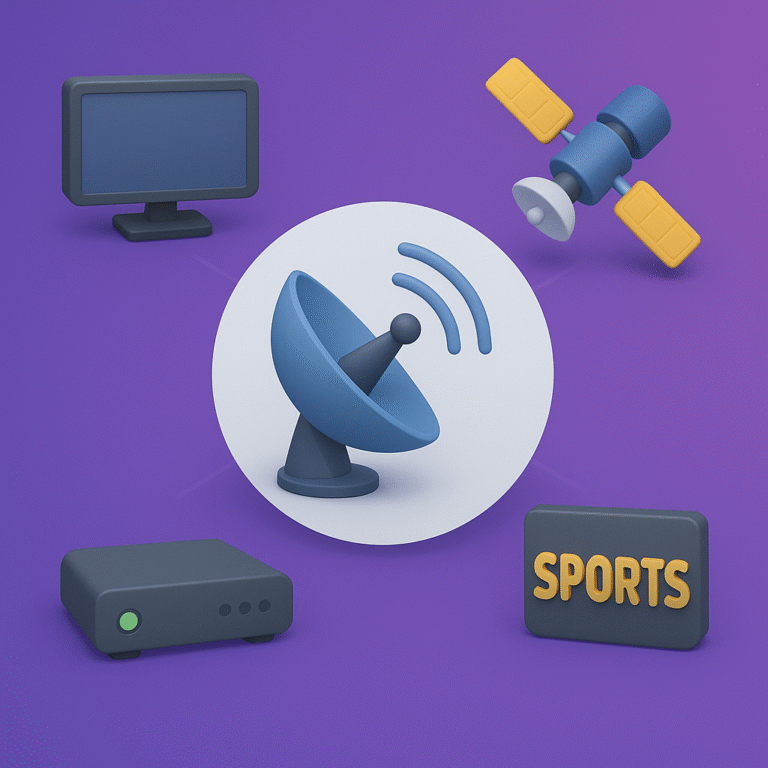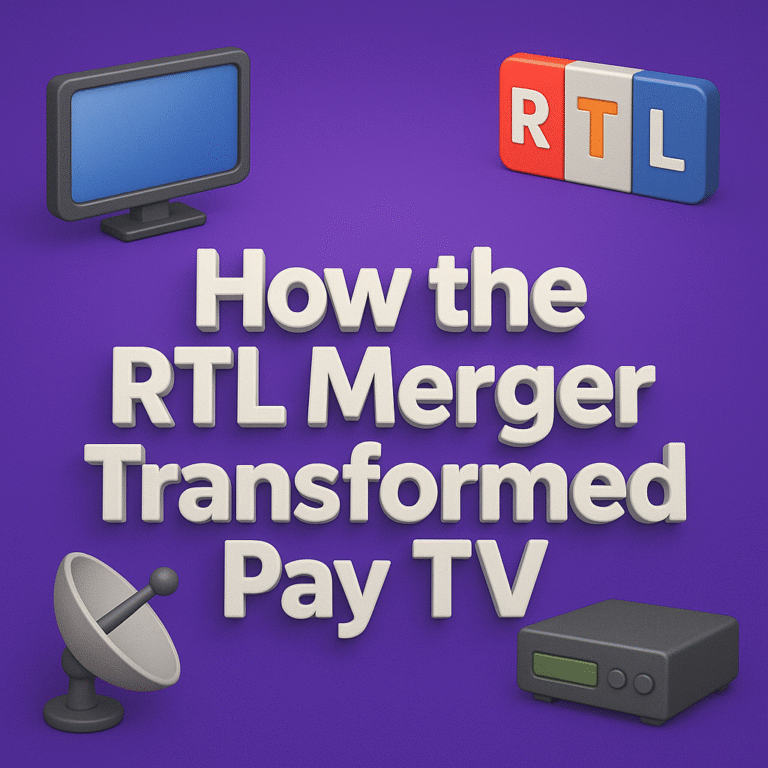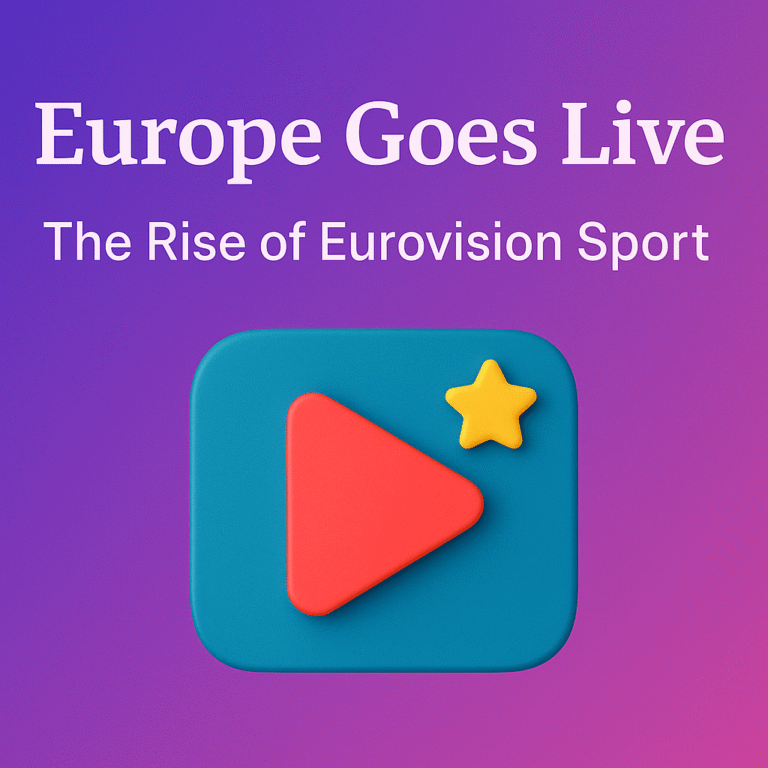Latest Frequencies of ARD and ZDF on Astra 19.2°E – August 2025
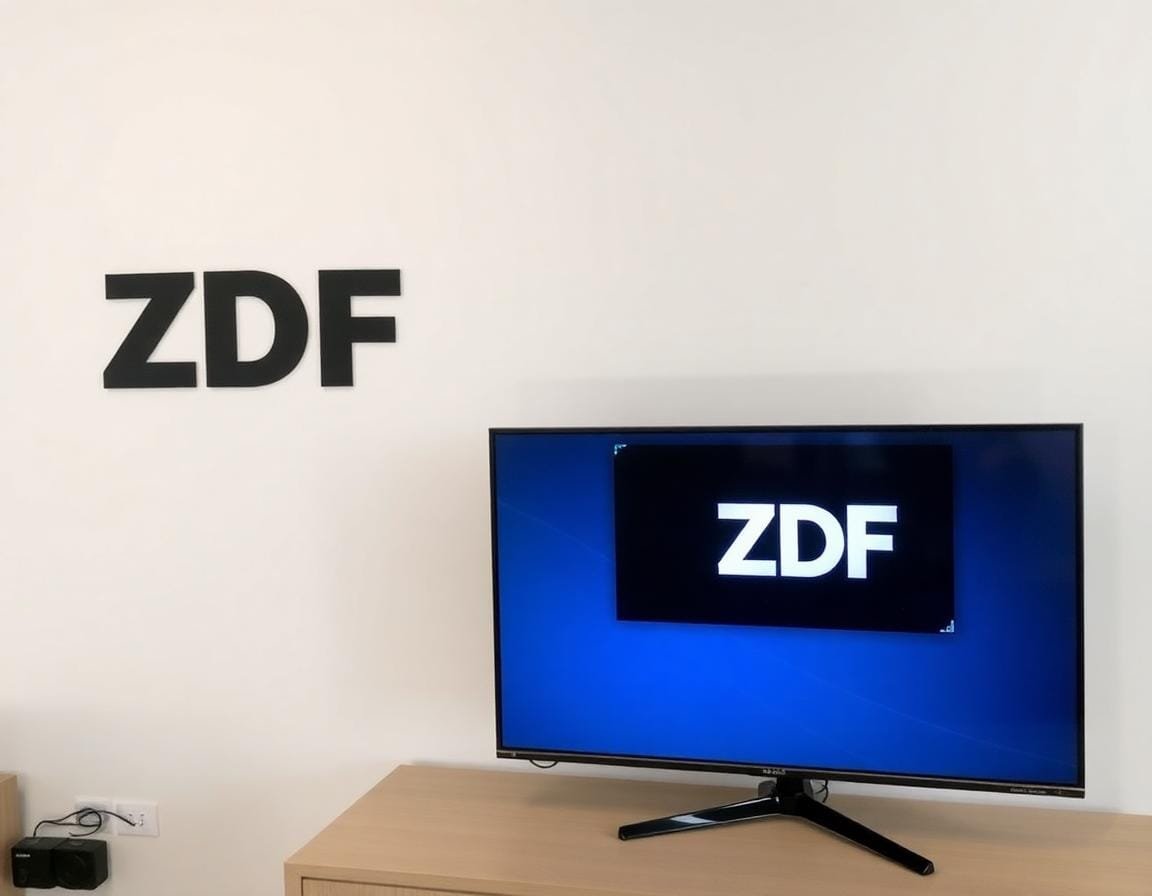
Updated ARD and ZDF Frequencies on Astra 19.2°E for August 2025: Your Guide to the Latest Satellite Settings
Keeping your satellite TV tuned to the latest ARD and ZDF frequencies on Astra 19.2°E for August 2025 is essential for uninterrupted access to these flagship German public broadcasters. This update affects viewers across Germany and Scandinavia, where these popular free-to-air channels remain a staple for news, entertainment, and sports. Staying current with updated ARD ZDF Astra settings means you’ll avoid signal loss and enjoy crisp HD broadcasts without fuss.
With Astra’s new satellite configurations, like the transition to Astra 1P, changes in transponder frequencies and stream parameters are common. This guide will walk you through the exact frequencies, polarization, symbol rates, and encryption status you need to get right, saving you time and confusion. Whether you’re adjusting your dish or updating your receiver, these details keep your favorite shows coming in clear and steady.
For practical tips on tuning and further satellite settings, you might want to check other satellite updates and frequency guides.
Updated ARD and ZDF Frequencies on Astra 19.2°E – August 2025
Keeping up with the latest ARD and ZDF frequencies on Astra 19.2°E is essential if you want uninterrupted access to these cornerstone public broadcasters in Germany and Scandinavia. Satellite operators continue to refine transponder settings and upgrade encoding to offer better quality and reliability. In this section, we break down the newest frequency details for viewers across Germany and the Nordic countries. Whether you’re a casual viewer or a satellite enthusiast updating your receiver, these fresh details will guide your tuning perfectly.
Frequency Details for Germany’s ARD and ZDF
For August 2025, the Astra 19.2°E satellite has updated frequencies specifically for ARD and ZDF channels, focusing on delivering sharper picture quality with efficient encoding standards. These channels maintain their free-to-air status, making it easy to catch German news, entertainment, and sports with ease.
Here are the key frequency updates you need to note:
| Channel | Frequency (MHz) | Polarization | Symbol Rate (kS/s) | FEC | Encoding Standard | Resolution | Encryption |
|---|---|---|---|---|---|---|---|
| Das Erste (ARD) | 11488 | Horizontal | 22000 | 5/6 | DVB-S2 / MPEG-4 | HD 1080i | None |
| ZDF HD | 11509 | Horizontal | 22000 | 5/6 | DVB-S2 / MPEG-4 | HD 1080i | None |
| ARD-alpha HD | 11373 | Vertical | 22000 | 5/6 | DVB-S2 / MPEG-4 | HD 1080i | None |
These frequency shifts enhance the picture’s clarity and signal reliability, using DVB-S2 and MPEG-4. This means if you have a modern, HD-capable satellite receiver, tuning in will be straightforward, and you’ll enjoy crisp visuals on your favorite German channels. The 22000 symbol rate remains optimal for good error correction while maximizing bandwidth use.
Frequency Details for Scandinavian Channels
The Astra 19.2°E satellite also carries ARD and ZDF content tailored for the Scandinavian audience, including Sweden, Norway, Denmark, Finland, and Iceland. Although these regions primarily have their own public broadcasters, regional variants and related German channels are still available via satellite, especially for expatriates and German-speaking communities.
Here is a snapshot of some Scandinavian-targeted broadcast frequencies and regional variations:
| Channel | Frequency (MHz) | Polarization | Symbol Rate (kS/s) | FEC | Encoding Standard | Resolution | Encryption |
|---|---|---|---|---|---|---|---|
| SVT1 (Sweden) | 11458 | Horizontal | 27500 | 3/4 | DVB-S / MPEG-2 | SD | None |
| NRK1 (Norway) | 11954 | Vertical | 22000 | 5/6 | DVB-S2 / MPEG-4 | HD 1080i | None |
| DR1 (Denmark) | 11766 | Horizontal | 22000 | 5/6 | DVB-S2 / MPEG-4 | HD 1080i | None |
| YLE TV1 (Finland) | 11836 | Horizontal | 22000 | 5/6 | DVB-S2 / MPEG-4 | HD | None |
| Icelandic RUV | 11388 | Vertical | 27500 | 3/4 | DVB-S / MPEG-2 | SD | None |
While ARD and ZDF themselves do not broadcast specific regional variants for Scandinavia, these channels often appear alongside or within multiplexes that include local public broadcasters. Many viewers in Nordic countries enjoy ARD and ZDF via Astra 19.2°E in HD, thanks to DVB-S2 transmissions with MPEG-4 encoding.
Tuning your dish to these updated transponders ensures you can switch between your favorite German programs and local Nordic content seamlessly. The use of mainly HD transmissions with DVB-S2 is standard now, so a receiver that supports these setups is key.

Photo by Mike van Schoonderwalt
By regularly updating your satellite receiver or recording device with these latest ARD and ZDF frequencies on Astra 19.2°E, August 2025 edition, you won’t miss out on the clean, high-definition broadcasts you expect. Make sure your hardware supports DVB-S2 and MPEG-4 to fully enjoy the crisp quality these changes provide.
How to Update and Optimize Your Satellite Receiver with New ARD and ZDF Frequencies
Updating your satellite receiver with the latest ARD and ZDF frequencies Astra 19.2°E August 2025 is a crucial step to keep enjoying crisp free-to-air broadcasts. Whether your dish uses a DVB-S2 receiver or a more basic model, manual input of new frequency data is usually needed to reflect the recent transponder updates. After tuning in the updated frequencies, making sure the signal quality is solid will seal the deal for a flawless viewing experience.
Updating Frequencies on Dishes with DVB-S2 Receivers
Manually adding new transponder frequencies might seem technical, but it doesn’t have to be complicated. Most DVB-S2 receivers have straightforward menus to input or adjust frequencies. Here’s how to proceed:
- Access the Receiver’s Setup Menu
Use your remote control to enter the satellite or installation settings. Look for options named “Transponder List,” “Manual Frequency Entry,” or “Add Transponder.” - Select Astra 19.2°E Satellite
Ensure you have the correct satellite selected, as entered frequencies must match this orbital position for channels like ARD or ZDF. - Enter the New Frequency Details
Input the frequency, polarization (horizontal or vertical), symbol rate, and other parameters based on the latest ARD ZDF Astra new frequencies 2025. These settings are specific to each transponder and critical for correct tuning. - Rescan for Channels
After saving the new frequencies, perform a channel scan or network scan to locate all available stations on the updated transponder. This refresh will capture the newly broadcasting ARD and ZDF signals. - Factory Reset if Needed
If you encounter problems such as missing channels or outdated frequency lists, consider a factory reset. This clears old data but requires re-entering all satellite info, so be ready to redo tuning steps carefully.
Manual updates keep your receiver current without waiting for automatic provider updates. If you’d like to double-check exact frequency details or explore other updates, the Updated transponders for Astra, Hotbird, Intelsat page offers precise listings and tips.
Optimizing Signal Quality After Frequency Updates
Tuning frequencies is only half the job. To watch ARD and ZDF in the best possible quality, optimizing the signal comes next. Here’s how to make sure your picture doesn’t fall short:
- Check Signal Strength and Quality Meter
Most receivers display signal bars or percentage meters reflecting signal power and quality. A strong signal doesn’t always equal good quality. Aim for both bars being as high as possible, especially quality above 70%. - Adjust Your Dish Alignment
Even small shifts in dish positioning impact reception. Gently rotate or tilt your dish while watching the signal meter. Stop at the point where quality peaks. Remember, sometimes adjusting the LNB (the dish’s receiver head) angle helps as much as moving the dish itself. - Ensure Clear Line of Sight
Trees, buildings, or other obstacles can cause interference. Check your dish location and, if possible, relocate to a spot with an unobstructed view to Astra 19.2°E. - Avoid Loose Cables and Connectors
Faulty or loose coaxial cables reduce signal quality dramatically. Secure and, if necessary, replace cables to reduce noise and improve picture stability. - Update Receiver Firmware
Firmware improvements can enhance frequency detection and signal processing. Check if your DVB-S2 receiver has updates and install them according to the manufacturer’s instructions.
By taking these steps after entering the updated ARD ZDF Astra settings, you’ll minimize pixelation, freezing, or signal loss, enjoying smooth HD broadcasts on your favorite channels. For a detailed overview of steps and techniques, you might also find helpful tips at the CCcam2 Blog on satellite updates.

Photo by Anna Tarazevich
Following this guide will give you confidence to handle the Astra satellite transponder update August 2025 and enjoy uninterrupted access to the flagship ARD and ZDF channels across Germany and Scandinavia.
Satellite TV vs IPTV: Choosing the Best Viewing Option for ARD and ZDF
When it comes to watching ARD and ZDF, deciding between satellite TV and IPTV hinges on factors like channel availability, signal reliability, and overall viewing experience. Satellite TV remains a favorite for many in Germany and Scandinavia due to free-to-air access and strong signal stability, especially with updated frequencies like the latest ARD and ZDF satellite transponder update on Astra 19.2°E in August 2025. IPTV, meanwhile, offers convenience and flexibility, streaming over the internet with a wide range of providers but often depends on internet speed and subscription costs.
Here’s a detailed view of the key providers in 2025 and how they compare for accessing ARD and ZDF.
Provider Showdown: Allente, Canal Digital, Viasat, Astra, and Hotbird
Choosing the best platform to watch ARD and ZDF involves looking at coverage, signal quality, and user experience. Below is a breakdown of the major satellite and service providers:
- Allente
Allente leads in Scandinavian coverage with strong signal stability and easy access to ARD and ZDF via Astra 19.2°E. It offers reliable hardware and solid customer service, making it a top pick for viewers who prefer satellite TV. The signal remains stable even in challenging weather, which is a big plus in northern regions. - Canal Digital
Mainly focused on Nordic markets, Canal Digital delivers stable IPTV streaming options. It’s highly convenient, with apps available on multiple devices. However, IPTV’s dependency on internet quality means occasional buffering, especially during peak hours or poor network conditions. Canal Digital’s subscription model might be costlier but offers added channels beyond ARD and ZDF. - Viasat
Viasat provides both satellite and IPTV services, but its satellite reception of ARD and ZDF on Astra is strong. Viewers benefit from a consistent free-to-air signal with minimal interruptions. IPTV services from Viasat cover a broad selection but need robust broadband for the best experience. - Astra (Satellite Provider)
Astra 19.2°E remains the most direct, no-subscription way to access ARD and ZDF. The free-to-air broadcasts updated in August 2025 guarantee crystal-clear HD quality. With DVB-S2 and MPEG-4 standards, Astra offers excellent signal integrity and compatibility with most modern receivers. It’s ideal for viewers wanting stable, no-strings-attached access to German public channels. - Hotbird (Satellite Provider)
While Hotbird is more known for international channels, ARD and ZDF are occasionally available through certain multiplexes. The signal quality is generally good, but license and frequency changes can cause interruptions. Hotbird is less direct for ARD and ZDF compared to Astra 19.2°E, but still a good fallback for wider European content access.
| Provider | Access to ARD & ZDF | Signal Stability | Customer Experience | Notes |
|---|---|---|---|---|
| Allente | Excellent | Very Stable | User-friendly, good support | Best for Scandinavia, reliable satellite access |
| Canal Digital | Very Good | Moderate | Great IPTV apps, some buffering risks | IPTV-based, reliant on internet connection |
| Viasat | Good | Stable | Mixed satellite/IPTV options | Satellite access strong, IPTV needs high speed |
| Astra | Best | Very Stable | No subscription needed | Free-to-air, direct on Astra 19.2°E |
| Hotbird | Moderate | Stable | Less consistent | Not primary satellite for ARD/ZDF |
For viewers prioritizing signal reliability and direct access to the latest ARD and ZDF frequencies Astra 19.2°E August 2025, Astra satellite is the standout choice. Its free-to-air nature means no ongoing costs and great picture quality. If convenience and cross-device streaming are your priority, Canal Digital and Viasat’s IPTV options shine, but you should ensure a fast, stable internet connection to avoid interruptions.
For more tips on IPTV options available in Germany this year, see this detailed IPTV Streaming Guide Germany 2025.
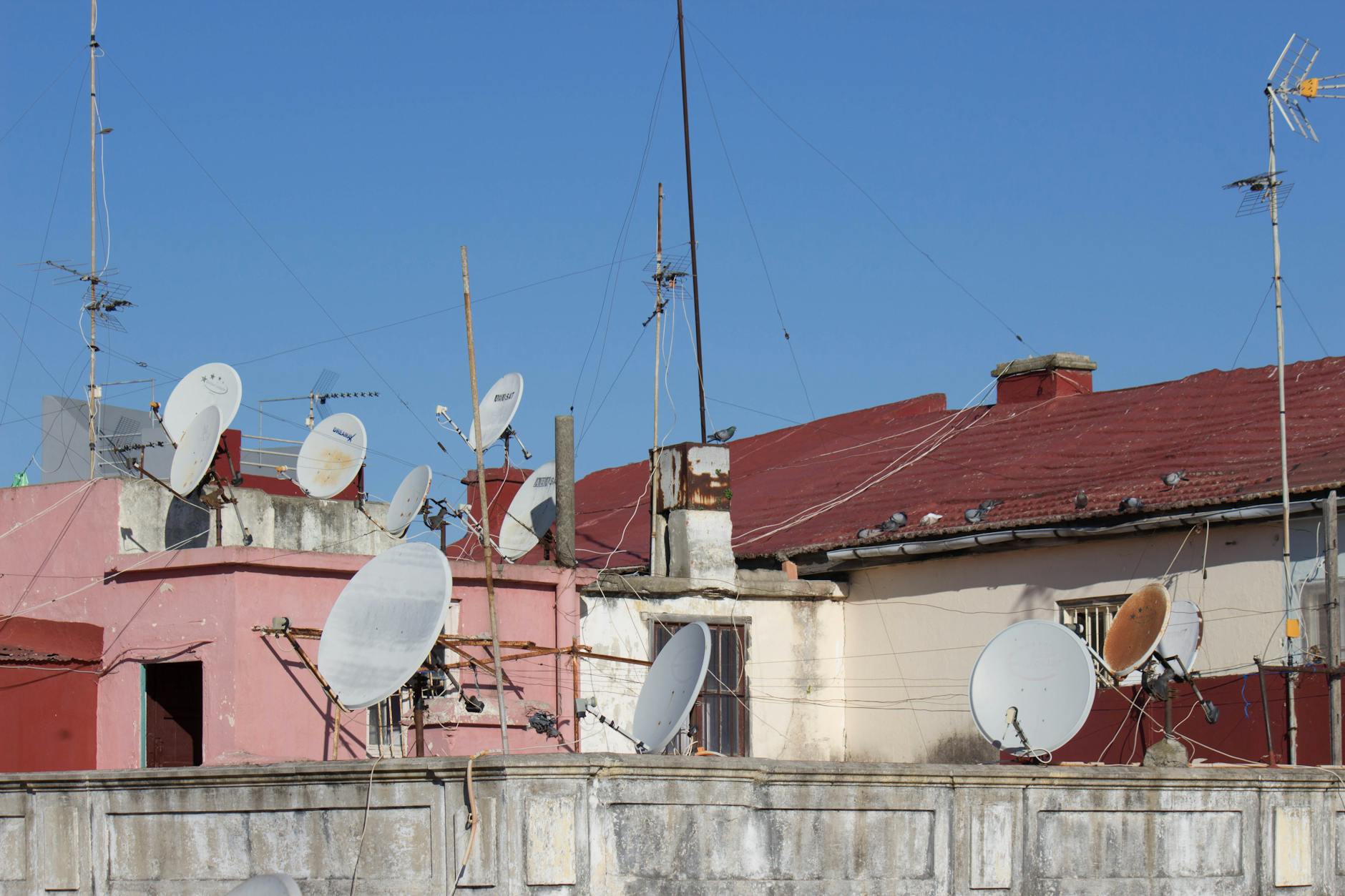
Photo by Carlo Jünemann
Seasonal Sports and Free-to-Air Cultural Events on ARD and ZDF via Astra 19.2°E
For fans of free-to-air television on Astra 19.2°E, ARD and ZDF offer much more than just daily programming. These public broadcasters are known for delivering seasonal sports coverage and cultural events that highlight European traditions without any subscription fees. With the latest ARD and ZDF frequencies Astra 19.2°E August 2025 updates, you can enjoy these diverse broadcasts with improved clarity and reliability. Here’s a breakdown of what to expect this year.
Must-Watch Sports Events in 2025 on Astra 19.2°E
ARD and ZDF are the go-to channels for some of Germany and Europe’s most thrilling sports, all available free-to-air with your updated Astra set-up. The 2025 sports calendar is packed with seasonal highlights that fans won’t want to miss.
Key sports coverage includes:
- Bundesliga Football (August through May): Follow Germany’s top football league from kickoff to the final match. ARD often airs weekend games as part of the “Sportschau” program, with ZDF covering special matches and cup events.
- Tennis Grand Slams (January, May-June, September): Watch coverage of the Australian Open, Roland Garros, and the US Open. While not always full live broadcasts, highlights and key matches appear regularly.
- Winter Sports (December through March): Ski jumping, biathlon, and cross-country skiing get extensive airtime during winter months. ZDF’s winter sports shows and ARD’s live events bring the alpine thrill right to your living room.
- Formula 1 and Motorsport Events (Race Season: March to November): ARD and ZDF provide selected highlights from racing circuits and major motorsports, including DTM and select Grand Prix coverage.
- Major International Events: Throughout 2025, ARD and ZDF showcase world events like the UEFA European qualifiers, handball championships, and cycling tours.
To make the most of these broadcasts, ensure your receiver settings are updated to the updated ARD ZDF Astra settings. Precision tuning to the latest ARD and ZDF frequencies Astra 19.2°E August 2025 will guarantee smooth, HD viewing.
| Sport | Broadcast Period | Channel | Tips for Viewing |
|---|---|---|---|
| Bundesliga | Aug 2025 – May 2026 | ARD, ZDF | Check for weekend slots, watch key matches live |
| Tennis Grand Slams | Jan, May-June, Sept | ARD, ZDF | Follow highlight programs for key matches |
| Winter Sports | Dec 2025 – Mar 2026 | ARD, ZDF | Best reception indoors during evenings |
| Formula 1 | Mar – Nov | ARD, ZDF | Tune in for race highlights, weekend coverage |
| International Events | Throughout 2025 | ARD, ZDF | Stay tuned for sports news updates and live shows |
Sports fans can rely on these flagship channels for a subscription-free, high-quality viewing experience all year round.

Photo by Jonathan Chukwudifu
Cultural Events and Festivals Accessible Without Subscription
ARD and ZDF are not only sports hubs—they also deliver high-quality cultural programming that’s free-to-air via Astra 19.2°E. Viewers have the chance to experience Europe’s rich heritage, festivals, and concerts without paying extra.
Enjoy popular cultural events, including:
- The Berlin International Film Festival (Berlinale): ARD offers extensive coverage of this world-renowned film event in February, including interviews, film reviews, and special screenings.
- Classical Music Concerts and Operas: ZDF regularly broadcasts performances from the Bayreuth Festival, Salzburg Festival, and other celebrated venues. The classical music season often runs from late spring through summer.
- Oktoberfest Specials: In September and October, ARD provides lively reports and live festival scenes from Munich’s Oktoberfest, bringing Bavarian culture and music directly into your home.
- Christmas Markets and Holiday Specials: From December onwards, both channels air special programming featuring Europe’s famous Christmas markets, holiday concerts, and festive traditions.
- Cultural Documentaries: Throughout the year, ZDF and ARD showcase documentaries on history, art, and European culture, often linked to anniversaries and national celebrations.
These programs require nothing more than your up-to-date satellite dish and receiver tuned to the latest ARD and ZDF frequencies Astra 19.2°E August 2025. You get rich cultural content with no subscriptions or fees, perfect for Europe-wide viewers wanting free access.
| Event/Festival | Month(s) | Channel | Viewing Tips |
|---|---|---|---|
| Berlinale Film Festival | February | ARD | Tune in for daily highlights and film reviews |
| Classical Music Season | May – August | ZDF | Use HD mode for best audio and video quality |
| Oktoberfest Coverage | Sept – Oct | ARD | Live shows and festival atmosphere broadcasts |
| Christmas Markets | December | ARD, ZDF | Evening broadcasts capture festive lights and music |
| Documentaries | Year-round | ARD, ZDF | Check program guides for weekly cultural specials |
Free-to-air access on Astra 19.2°E gives you the chance to stay connected to Europe’s cultural heartbeat without paying a dime.
For those interested in satellite setups and tuning optimization, related guides at the Top CCcam and OSCam Server Setups can help refine your viewing experience with the latest settings.
Together, these sports and cultural offerings showcase ARD and ZDF’s broad appeal as free, high-quality public broadcasters on Astra 19.2°E in 2025. Whether you’re following the latest Bundesliga match or enjoying festive market celebrations, all you need is your dish aligned and your receiver programmed with the latest ARD and ZDF frequencies Astra 19.2°E August 2025.
Conclusion
Keeping your satellite receiver tuned to the latest ARD and ZDF frequencies Astra 19.2°E August 2025 is key to enjoying clear, free-to-air broadcasts without interruption. This update ensures that viewers across Germany and Scandinavia get high-definition channels with improved signal stability and sharper picture quality. Compared to IPTV options, satellite offers a direct, subscription-free way to access your favorite sports and cultural events all year long.
Updating your equipment with the latest ARD ZDF Astra new frequencies 2025 not only keeps your viewing smooth but also unlocks access to timely seasonal programming and major live broadcasts. If you haven’t adjusted your settings yet, now is the time to do so for a reliable connection. For those who want to fine-tune their receiver or explore more frequency updates, detailed guides at CCcam2’s satellite updates can offer valuable support.
Feel free to share your experiences or tips in the comments—your insights could help others get the most out of their satellite TV setup in 2025.


